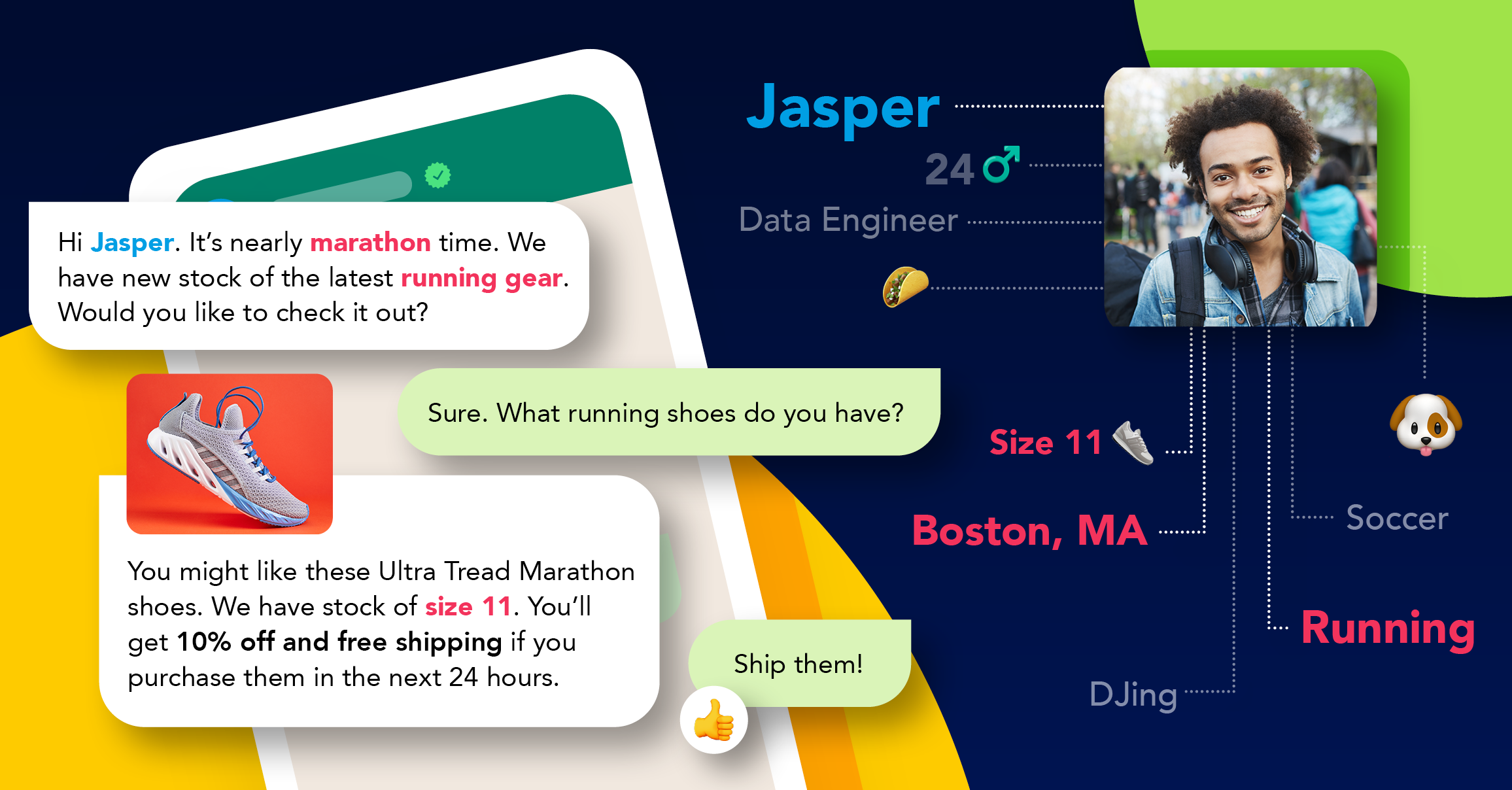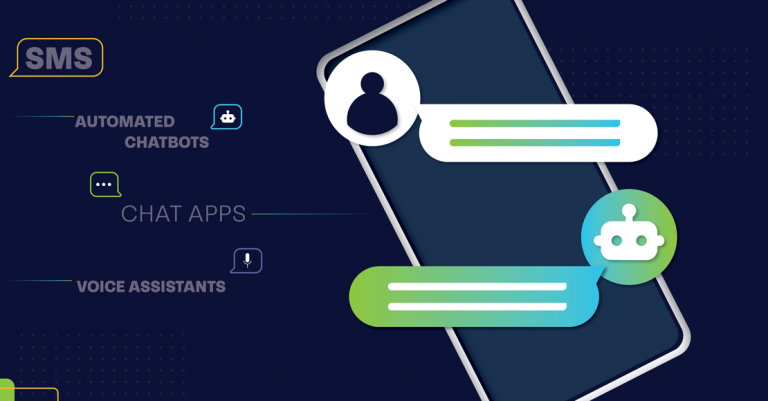
Low code development platforms
The term ‘low code development platform’ has started gaining traction in the business world. It’s a term given to platforms that can rapidly build and deploy custom apps without the need for coding. And it’s about time that businesses began seeing the value and advantages of these platforms.
The demand for business apps has shown up traditional, code-based approaches for being too cumbersome. Thankfully, a low code development platform streamlines everything. Because, in the digital economy, to compete and win means connecting data, people, and processes as quickly as possible.
Operating at these speeds means having apps that have the capabilities which users require to operate seamlessly across multiple devices. This means that whatever you’re doing, the experience should be equally as smooth across smartphone, tablet or desktop.
So, what is a low code development platform exactly?
Forrester Research defines a low code development platform as any platform that enables rapid application delivery with minimal hand-coding and quick setup and deployment. Think of all the tools needed to build software. There are many moving parts, from APIs to the coding language you use. And each of them has its own way of being integrated. A low code development platform bundles all of these tools into a single interface and allows you to build apps more easily and efficiently. It’ll also handle the full lifecycle of those apps from testing, to production and ongoing maintenance.
The three major parts of any low code development app are:
Visual development: It lets you draw your business workflows, the user interface and the data models that they both rely on. It’s much faster than hand-coding.
Database integration: The platform automatically converts your data models into easy-to-understand relational tables and SQL queries. It also automatically pulls data from external APIs.
Full lifecycle management: These platforms will deploy, maintain, and update your application automatically, scaling at the click of a button.
What sets a low code development platform apart?
The truth is that one low code development platform is as different from another, as C++ is from Powershell. Each has the basics, but it’s the additional functionality that separates the ‘men from the boys’ in this regard. Functionality that includes:
Versatility: Do you have the flexibility to build the application that your business needs, or are the pre-built themes and logic too restrictive?
Extensibility: If your low code development platform doesn’t have everything you need, you can extend it with your own extensions.
Cross-platform: Can your app run across every platform you need it to?
Lock-in: Are you restricted by the vendor’s agendas or can you take your app’s functionality in whichever direction you need it to?
A developer community: How many people are using low code development platforms and can they offer help if you need it? Is there a way to share your code with other developers?
A low code development platform should be flexible and perform as well as any app that’s built via more traditional dev methods.
So what?
You’ve read all of this, barely understanding what any of it means and you’re asking yourself: So what? To understand why low code development platforms are important and why their popularity is surging, you need to understand the digital economy. There are virtually no barriers to entry anymore. Any Joe Soap can enter the industry and cause a stir in the blink of an eye. It’s infuriating for longer term business strategy.
Because of this, businesses must constantly develop ways to stay relevant while differentiating themselves enough. They must do things better, faster, and for less. They need to engage their customers in new ways. Here’s where a low code development platforms comes in. It’s fast and efficient. Really fast and efficient. Forrester analyst John Rymer says, “If your business relies solely on coding, then you’re going to fail. It’s just too slow, too inflexible. You won’t be able to move fast enough.”
A low development code platform enables more rapid, iterative, collaborative, and customizable development. Apps that provide real-time business solutions can be quickly built and deployed to provide support to business.
The applications for a low code development platform vary across a multitude of industries, including customer relationship management (CRM). Clickatell Touch, for example, is a plug and play solution that enables almost any business to talk to and engage with their customers. If you’re interested in learning more about Clickatell Touch and how the system can benefit your business, sign up for a free trial today.
Explore other articles
Step into the future of business messaging.
SMS and two-way channels, automation, call center integration, payments - do it all with Clickatell's Chat Commerce platform.








